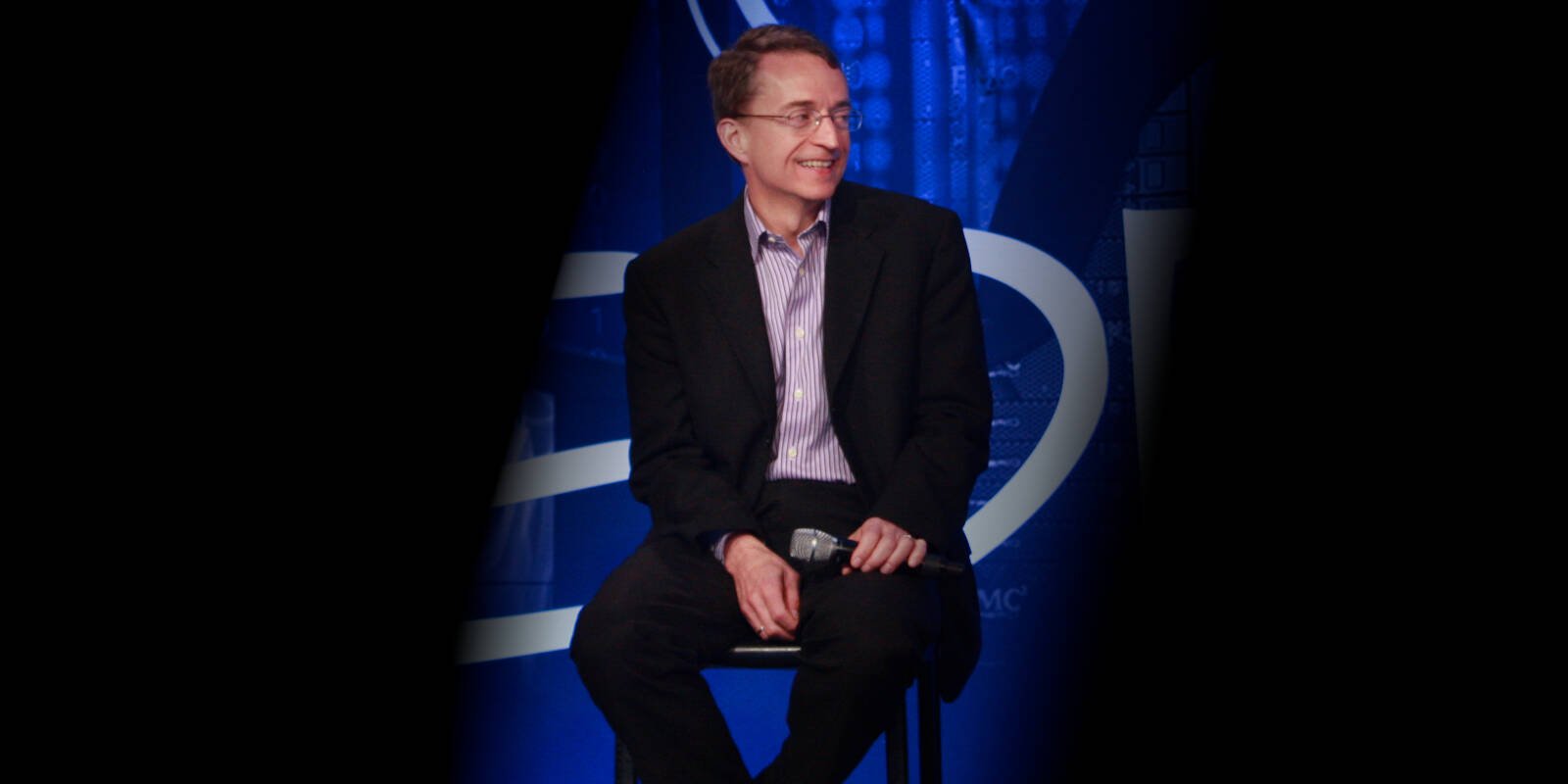Wanna Save Intel? Fire The Board, Bring Back Pat, Ex-CEO Craig Barrett Says

Comment Former Intel CEO Craig Barrett has a simple solution to the x86 giant's woes.
Instead of splitting the Xeon maker's manufacturing and design businesses in two, as some have suggested, perhaps it's time the board of directors were sacked and Pat Gelsinger is given the opportunity to finish what he started.
"If we want semiconductor manufacturing leadership in the US, then build on the current resurgence of Intel, don't tear it apart," Barrett, who served as chief exec during Intel's silver years of 1998 to 2005, wrote in a scathing op-ed published in Fortune late last week, in which he described repeated calls by former board members to split up the corporation "the dumbest idea around."
... build on the current resurgence of Intel, don't tear it apart
"In my opinion, a far better move might be to fire the board and rehire Pat Gelsinger to finish the job he has aptly handled over the past few years," he added.
Gelsinger's return to Intel as CEO in early 2021 was heralded by many — including El Reg's own vultures — as a turning point for the struggling chipmaker. Gelsinger's engineering background and ambitious goal to challenge TSMC in the foundry arena were a refreshing detour from the share-buyback-obsessed bean counters that preceded him.
"Pat Gelsinger, who ran Intel the last three-plus years — he was abruptly fired two months ago — did a great job resuscitating the technology development team, and today the company's leading technology is on par with TSMC's 2nm technology," Barrett argued.
Unfortunately for Gelsinger, after nearly four years and a particularly dismal 2024, his ambition proved too much for Intel's board which abruptly ousted him in early December. Finding a new CEO has proven an elusive challenge as interim co-CEO and CFO David Zinsner admitted during the corp's most recent earnings call.
This lack of direction and leadership has only served as an accelerant for the rumor mill, which has been churning out courageous reports claiming Broadcom, TSMC, and others were circling for their chance to strip the fallen chip biz for parts.
Despite this perception, Barrett argued that under Gelsinger's watchful gaze, the Pentium titan's foundry business actually regained its competitive edge: "Intel is back from a technology point of view. They are still struggling to attract independent chip designers, but they have the technology and manufacturing know-how to compete with the likes of TSMC."
Barrett also dismantled arguments raised by former board members that spinning off its foundry unit was the only way its competitors would trust Intel to build their chips. "This thought process ignores the fact that the best technology wins in the semiconductor industry," Barrett wrote. "All the independent designers currently use TSMC because TSMC has the best technology, so they don't have any process technology advantage over each other."
To this end, on Monday it was reported that Broadcom and Nvidia have begun producing test chips on Intel's upcoming 18A process node.
But while 18A, aka 1.8nm, certainly looks promising both from a technical standpoint and having held Intel's forthcoming Clearwater Forest Xeons in our own claws, the process has yet to prove just how competitive it really is and won't until Panther Lake makes its debut later this year.
- Intel slows its roll on $28B Ohio fab expansion, pushing production to 2030s
- Intel cranks up accelerators in Xeon 6 blitz to outgun AMD
- Talk of Broadcom and TSMC grabbing pieces of Intel lights fire under investors
- Intel loses another exec as datacenter, AI chief named Nokia CEO
However, Intel also has geopolitics playing to its favor. The Trump administration's plans to implement tariffs on imported foreign-made semiconductors will no doubt play to the US foundry operator's advantage.
Regardless of whether Gelsinger would be open to returning – he started at Intel in 1979 aged 18, then left in 2009 to run VMware after Paul Otellini got the top Intel job before returning 12 years later finally as CEO only to be pushed out soon after – it's hard to find fault in Barrett's logic. A return would arguably offer the clearest and cleanest path forward for the chipmaker. Gelsinger is already intimately familiar with the inner workings of the biz, and is well regarded among his peers in spite of painful staffing cuts implemented last year.
Doing so would almost certainly mean shaking up Intel's board of directors. But, as Barrett correctly points out in his apparent appeal to shareholders, Gelsigner isn't the one responsible for Intel's current state of affairs. The board, he argues, "bears ultimate responsibility for what has happened to Intel over the last decade." ®
From Chip War To Cloud War: The Next Frontier In Global Tech Competition
The global chip war, characterized by intense competition among nations and corporations for supremacy in semiconductor ... Read more
The High Stakes Of Tech Regulation: Security Risks And Market Dynamics
The influence of tech giants in the global economy continues to grow, raising crucial questions about how to balance sec... Read more
The Tyranny Of Instagram Interiors: Why It's Time To Break Free From Algorithm-Driven Aesthetics
Instagram has become a dominant force in shaping interior design trends, offering a seemingly endless stream of inspirat... Read more
The Data Crunch In AI: Strategies For Sustainability
Exploring solutions to the imminent exhaustion of internet data for AI training.As the artificial intelligence (AI) indu... Read more
Google Abandons Four-Year Effort To Remove Cookies From Chrome Browser
After four years of dedicated effort, Google has decided to abandon its plan to remove third-party cookies from its Chro... Read more
LinkedIn Embraces AI And Gamification To Drive User Engagement And Revenue
In an effort to tackle slowing revenue growth and enhance user engagement, LinkedIn is turning to artificial intelligenc... Read more

